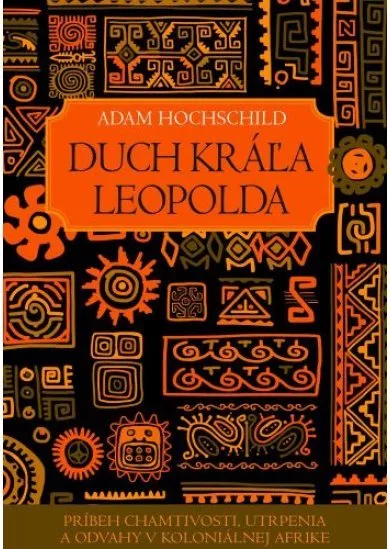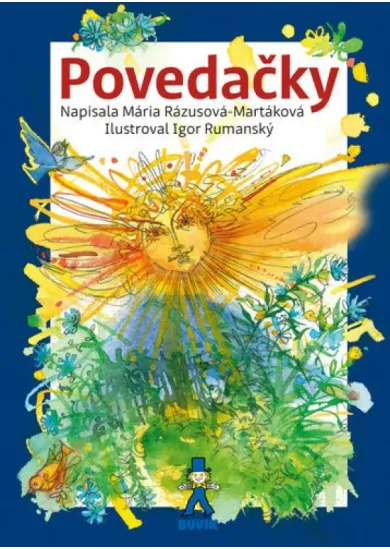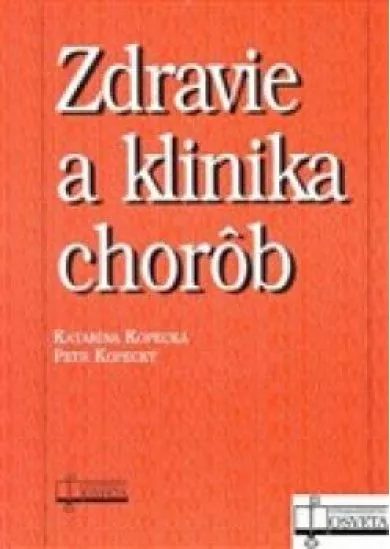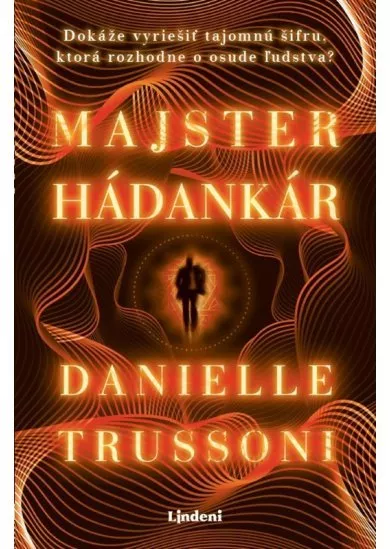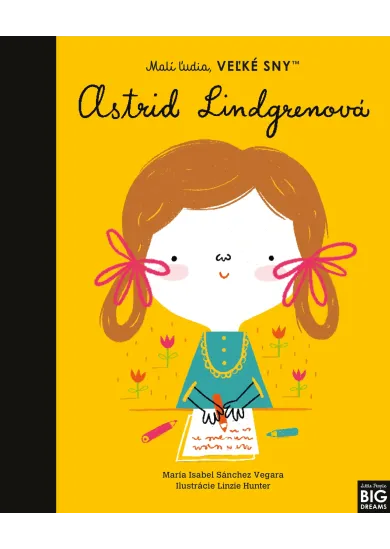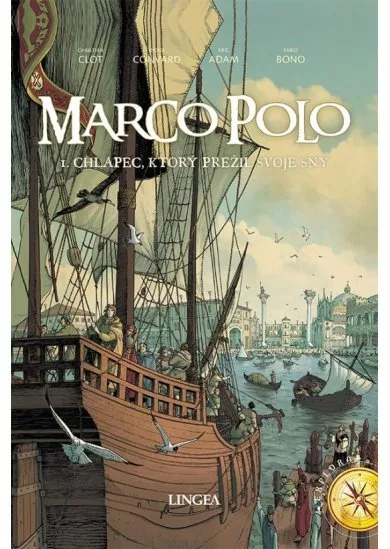Jan Boněk
Rudolf II and His Imperial Prague
A man who changed history The Prague Castle as the centre of Europe Thirty-seven magnificent years of Prague. At the end of the 16th century, Prague and in particular the Prague Castle became the European center of occult science, astrology and alchemy as well as international politics and scientific research of astronomers, physicians and botanists. The capital city of the monarchy also enticed the most renowned artists of that time ? painters, etchers, sculptors and musicians. Even though it was a very short time period that lasted less than 37 years altogether, it has made a mark in the history of European culture. At the beginning of this magnificent time was a single man. A dreamer, self-made researcher, collector of art and natural peculiarities, great supporter of everything mysterious in the world around us and in particular benefactor of anybody who could expand his knowledge of the world ? Rudolf II, the emperor of the Holy Roman Empire and the king of Bohemia and Hungary. To move the seat of the Hapsburg monarchy from Vienna to Prague was very bold in a way. Although we do not know all the reasons why Emperor Rudolf II decided to do so, many of them are described in this book. Above all, it is certain that the location of the Prague Castle high up above the city suited his hypersensitive soul. He found peace and quiet there, being far from his envious brothers and the Turkish threat. Since his first days at the Prague Castle, he kept building and remodeling. He was not building a stately residence but depositories for his collections. We do not know exactly how many items his collections contained, but it is certain that had they remained in Prague, no European art gallery could have measure up to them now.
A man who changed history The Prague Castle as the centre of Europe Thirty-seven magnificent years of Prague. At the end of the 16th century, Prague and in particular the Prague Castle became the European center of occult science, astrology and alchemy as well as international politics and scientific research of astronomers, physicians and botanists. The capital city of the monarchy also enticed the most renowned artists of that time ? painters, etchers, sculptors and musicians. Even though it was a very short time period that lasted less than 37 years altogether, it has made a mark in the history of European culture. At the beginning of this magnificent time was a single man. A dreamer, self-made researcher, collector of art and natural peculiarities, great supporter of everything mysterious in the world around us and in particular benefactor of anybody who could expand his knowledge of the world ? Rudolf II, the emperor of the Holy Roman Empire and the king of Bohemia and Hungary. To move the seat of the Hapsburg monarchy from Vienna to Prague was very bold in a way. Although we do not know all the reasons why Emperor Rudolf II decided to do so, many of them are described in this book. Above all, it is certain that the location of the Prague Castle high up above the city suited his hypersensitive soul. He found peace and quiet there, being far from his envious brothers and the Turkish threat. Since his first days at the Prague Castle, he kept building and remodeling. He was not building a stately residence but depositories for his collections. We do not know exactly how many items his collections contained, but it is certain that had they remained in Prague, no European art gallery could have measure up to them now.
| Jazyk | slovenský |
| Vydavateľ | Eminent - pražské nakladatelství |
| Rok vydania | 2008 |
| Počet strán | 174 |
| Typ viazania | Paperback |
| Hmotnosť (g) | 332 g |
| Rozmery (š-v-h) | 222x131 |
| EAN | 9788072813445 |
| Dodacia doba | nedostupné |








